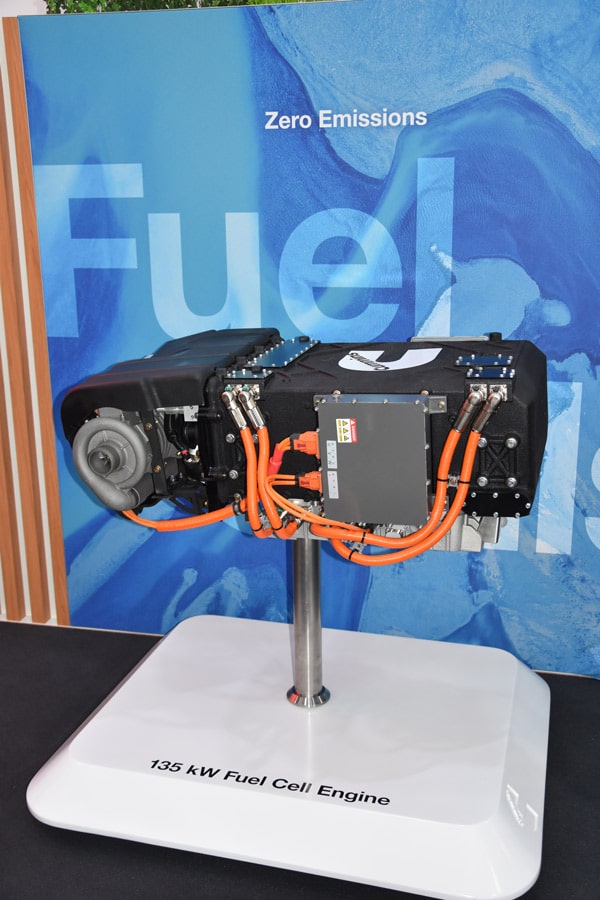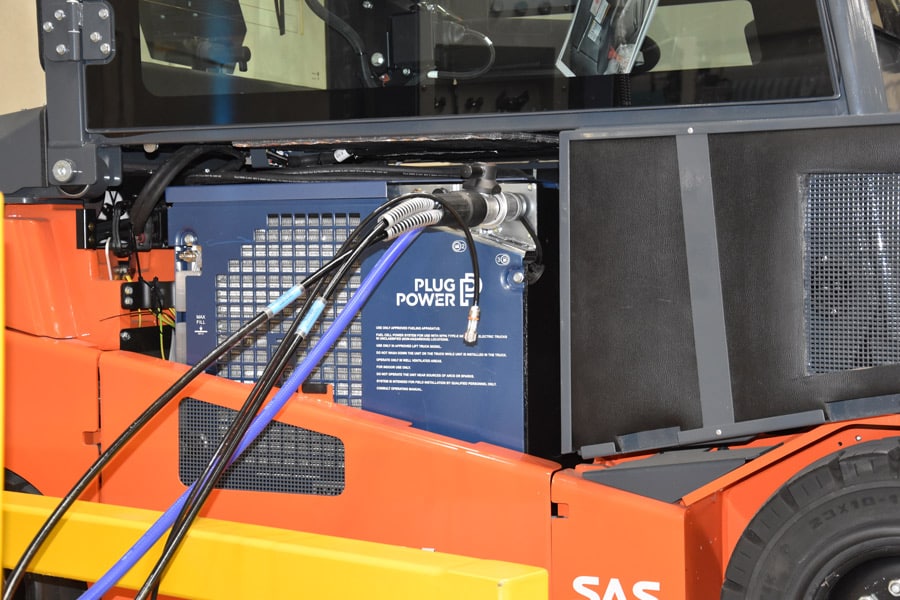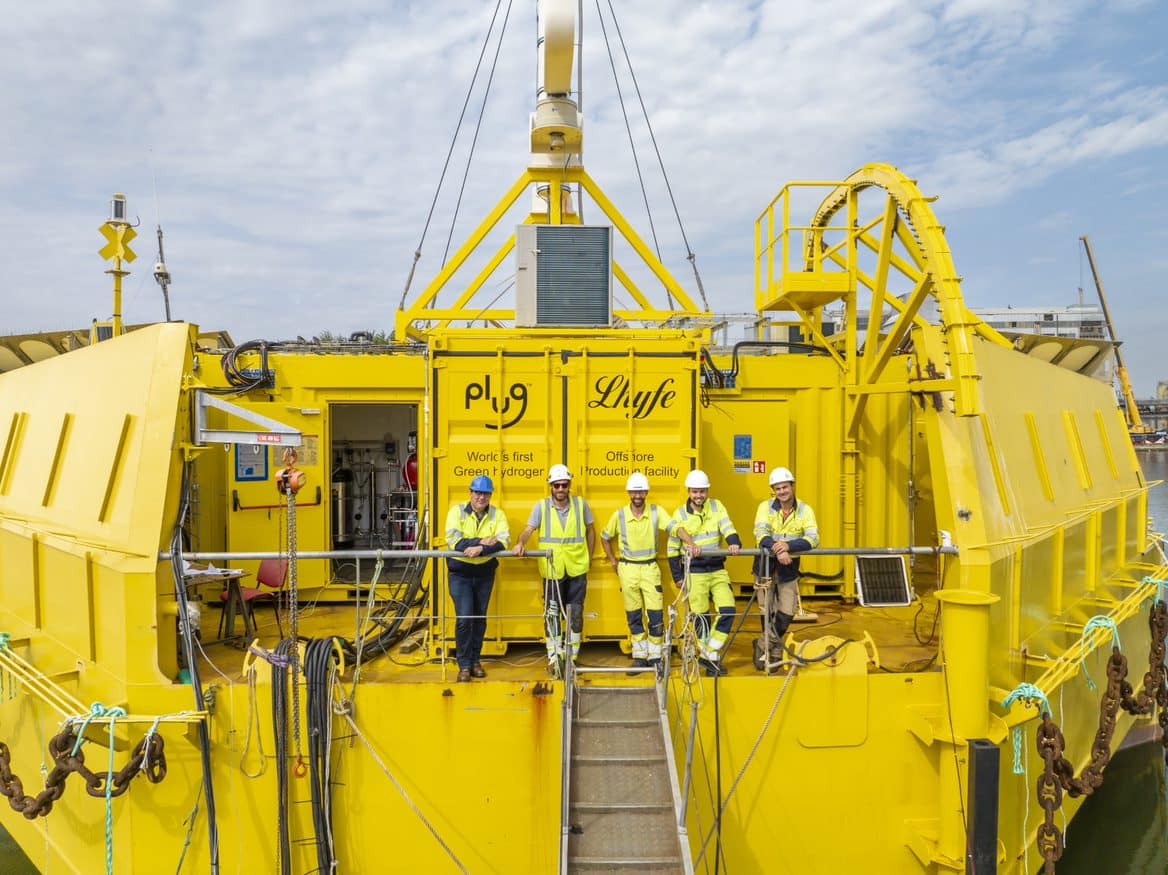Canada has been the biggest driver of a commercial hydrogen and fuel cell market over the past 30 years. It has come as far as it has without political pressure to invent new technologies to protect the climate and the environment, provide security of supply or create jobs and stimulate growth. Early on, hydrogen and fuel cell companies such as Ballard and Hydrogenics recognized the market potential for vehicle applications. Back in the 1980s and 1990s, they had developed systems the big automakers could and would integrate into their vehicles. Prototypes of zero-emission buses and cars for eco-friendly transportation created a hype that led to skyrocketing levels of growth, with the dotcom boom in the late 1990s and early 2000s doing the rest.
But Canada’s industries could not yet sustain the success. When the financial crisis hit and the hype died down, the market was left in a very vulnerable position. Companies only survived thanks to new investors and business models and a renewed focus on core activities, that is, technology research.
…
Ballard and Hydrogenics, two showcase companies
Today, the world’s most flourishing fuel cell and hydrogen businesses are Ballard, based in Burnaby, in the state of British Columbia, and Hydrogenics, headquartered in Mississauga, Ontario. It needs to be said that these two have provided the fuel cell system for nearly every successful demonstration project ever carried out in Asia, Europe or the United States. Their experience and expertise have created cutting-edge solutions around the globe.
Over the past years, a new generation of Canadian companies has sprung up around them. By now, they cover almost the entire value chain, from filling stations to complete fuel cell systems. Examples are Greenlight Innovation, HTEC Hydrogen Technology & Energy Corporation and Powertech Labs, all hailing from British Columbia. This province on the west coast is home to the biggest hydrogen and fuel cell cluster in the country. Others can be found in Alberta, Ontario and Quebec, according to a Canadian Hydrogen and Fuel Cell Association survey.
Ballard powers buses
In the early 2000s, Ballard had provided Evobus, a Daimler subsidiary, with fuel cell stacks for 33 transit buses. Three of those were for a demonstration program in Perth, Western Australia. The remaining 30 were used in 10 cities in Europe as part of the EU demonstration programs CUTE, ECTOS and HyFLEET:CUTE, which laid the foundation for the continent’s commitment to zero-emission mass transit in regions and cities and resulted in the formation of Europe’s first fuel cell purchasing association, supported by the Fuel Cells and Hydrogen Joint Undertaking, in 2016.
…
Hydrogenics powers cars and trains
Today, Hydrogenics is one of the most important suppliers of PEM electrolysis and fuel cell equipment. As an example, automaker Opel decided on a Hydrogenics system for its first-ever fuel cell car, HydroGen 1, built in 2000. Likewise, Alstom’s new railcars will be equipped with the supplier’s fuel cells to run on non-electrified tracks in the German states of Baden-Württemberg, Hesse, Lower Saxony and North Rhine-Westphalia in the coming years. The company’s third business division these days is power-to-gas.
Canada addresses climate change head-on
Cars and buses are still two of the key markets for hydrogen and fuel cells worldwide. Current drivers of demand are government policies, especially climate-related legislation, and strategic shifts in industries no longer willing or able to rely on fossil fuels for economic and environmental reasons. This includes energy producers and energy equipment manufacturers, but also the oil and gas, the chemical and the maritime industries.
In November 2015, when the now-governing Liberal Party under Prime Minister Justin Trudeau came to power, Canada put climate protection back on the agenda. Just in time for the Paris accords, it once again became a member of a global community intent on mitigating the effects of climate change. In 2008, it had withdrawn from the Kyoto Protocol to avoid substantial penalties. Instead of a 6 percent reduction, as set out in the agreement, the country saw a 25 percent jump in emissions between 1998 and 2008. Faced with the prospect of having to pay billions in fines, Canada simply exited out of the deal.
…
Written by Alexandra Huss
































0 Comments
Trackbacks/Pingbacks